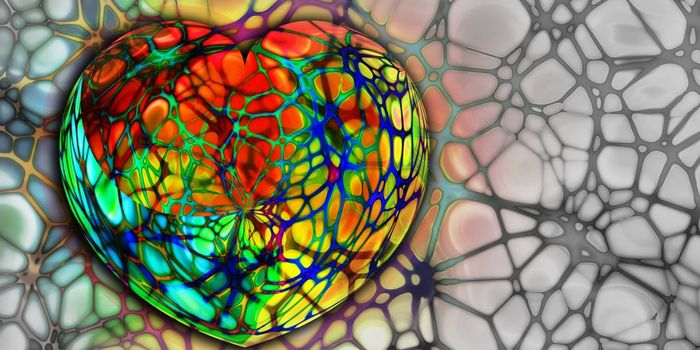Upending Assumptions About the Uniformity of DNA in the Human Body
It's long been assumed that as cells divide in the human body, the genome is faithfully replicated in the resulting daughter cells. While errors are known to arise, there is machinery in the cell that can detect these genetic errors, and can often repair them. When mutations remain in the genome, it raises the risk that disease will arise.
But the human genome is made up of about 6 billion bases, and the human body contains billions, even trillions of cells. And it seems that errors and variations in the genome could actually arise far more often than we knew, according to a new study reported in Nature Genetics that analyzed blood stem cells. The research used advanced sequencing techniques to show that humans are made up of cells whose genomes may be far more heterogeneous that assumed. And these variations between cells are not always small. The research determined that about one out of every forty blood stem cells in healthy people carry major chromosomal alterations in their DNA. These chromosomal changes included copy number variations and rearrangements, but did not seem to cause any deleterious effect.
However, the study also analyzed blood stem cells from people older than 60, and they were found to carry even higher levels of cells with aberrant DNA. The researchers suggested that this could be an unappreciated contributor to age-related diseases.
"The study highlights that we are all mosaics," said study co-leader Jan Korbel, a Senior Scientist at the European Molecular Biology Laboratory (EMBL). "Even so-called normal cells carry all sorts of genetic mutations. Ultimately, this means that there are more genetic differences between individual cells in our bodies than between different human beings."
When genetic mutations arise in genes that help control cell growth or other crucial mechanisms involving cell proliferation, it can lead to cancer. The research team was also interested in determining how certain genetic mutations may contribute to other diseases.
The investigators use a method that enables them to analyze DNA at the single-cell level, called Strand-seq. The method is meant to reveal variations and features in the structure of the genome that other approaches can miss, explained study co-leader Ashley Sanders at the Berlin Institute for Medical Systems Biology of the Max Delbrück Center (MDC-BIMSB).
In this work, the scientists applied Strand-seq to the DNA of healthy individuals of many different ages. They identified blood stem cell mutations in 84 percent of the study volunteers, suggesting that major genetic mutations are common, at least in this type of cell.
"We are just recognizing that contrary to what we learned in textbooks, every cell in our body doesn't have the exact same DNA," said Sanders. "It's just amazing how much heterogeneity there is in our genomes that has gone undetected so far. What this means in terms of how we define normal human aging and how this can impact the types of diseases we get is really an important question for the field."
Sources: Max Delbrück Center/European Molecular Biology Laboratory, Nature Genetics









